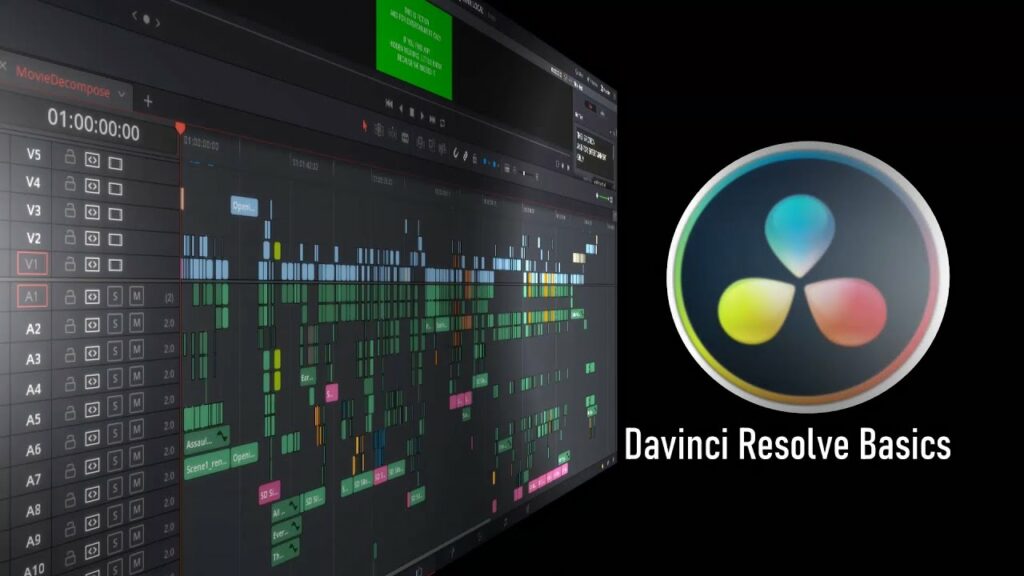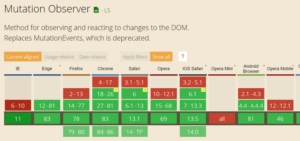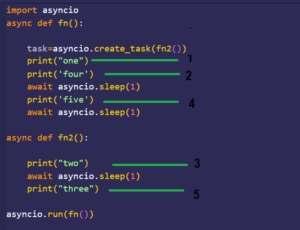Mastering Timeline Organization: A Comprehensive Guide to Nesting Timelines in DaVinci Resolve

Introduction:
Efficient timeline organization is essential for managing complex video projects and streamlining the editing process. Nesting timelines, a technique commonly used in video editing software like DaVinci Resolve, allows editors to organize and manage sequences within sequences, enhancing workflow flexibility and project organization. By nesting timelines, editors can create modular and reusable segments, apply effects and adjustments to multiple clips simultaneously, and maintain a structured and organized editing environment. In this extensive guide, we’ll explore the intricacies of nesting timelines in DaVinci Resolve, providing a comprehensive roadmap to mastering this essential editing technique.
Understanding Timeline Nesting:
Before delving into the specifics of nesting timelines in DaVinci Resolve, it’s essential to grasp the foundational concepts behind this technique.
- What is Timeline Nesting?
- Timeline nesting, also known as sequence nesting or compound clips, involves embedding one timeline within another. In DaVinci Resolve, nesting timelines allows editors to create modular segments or sequences that can be treated as individual clips within a larger project.
- Benefits of Timeline Nesting:
- Timeline nesting offers several benefits for video editors:
- Modular Editing: Nesting timelines enables editors to break down complex projects into manageable segments or sequences, facilitating modular editing and organization.
- Reusability: Nested timelines can be reused across multiple projects or within the same project, saving time and effort by eliminating the need to recreate repetitive sequences.
- Streamlined Effects Application: Applying effects, transitions, or adjustments to nested timelines allows editors to apply changes to multiple clips simultaneously, maintaining consistency and efficiency in the editing process.
- Timeline nesting offers several benefits for video editors:
Now, let’s explore how to leverage timeline nesting effectively in DaVinci Resolve.
Nesting Timelines in DaVinci Resolve:
DaVinci Resolve provides intuitive tools and workflows for nesting timelines, empowering editors to organize and manage their projects with precision and efficiency. Let’s delve into the step-by-step process of nesting timelines in DaVinci Resolve:
- Creating Nested Timelines:
- To create a nested timeline in DaVinci Resolve, start by organizing your project into separate timelines or sequences based on content, scenes, or segments. Select the clips or sequences you wish to nest together and group them into a single timeline within the Edit page.
- Grouping Clips:
- Once you’ve organized your clips or sequences into a timeline, select them by clicking and dragging over the desired clips or using keyboard shortcuts to select multiple clips simultaneously. Right-click on the selected clips and choose “Create New Timeline Using Selected Clips” from the context menu.
- Nesting the Timeline:
- DaVinci Resolve will create a new timeline containing the selected clips, effectively nesting them within the original timeline. The nested timeline appears as a single clip within the parent timeline, simplifying the editing interface and reducing clutter.
- Accessing Nested Timelines:
- To access and edit the nested timeline, double-click on the nested clip within the parent timeline. DaVinci Resolve will open the nested timeline in a new tab or window, allowing you to make edits or adjustments to the nested sequence independently of the parent timeline.
- Making Changes:
- Edit the nested timeline as needed, applying effects, transitions, or adjustments to the individual clips within the nested sequence. Any changes made to the nested timeline will be reflected in the parent timeline, ensuring consistency and coherence across the project.
- Managing Nested Timelines:
- DaVinci Resolve provides several tools and features for managing nested timelines effectively:
- Renaming: Rename nested timelines to provide clarity and organization within your project. Right-click on the nested clip within the parent timeline and choose “Rename” from the context menu to rename the nested timeline.
- Reordering: Arrange nested timelines within the parent timeline to control the order in which they appear in the edit. Click and drag the nested clip to the desired position within the parent timeline to reorder nested timelines.
- Editing Controls: Use the editing controls within the nested timeline to trim, cut, or adjust clips as needed. Any changes made within the nested timeline will be reflected in the parent timeline, allowing for seamless integration and collaboration.
- DaVinci Resolve provides several tools and features for managing nested timelines effectively:
- Unnesting Timelines:
- If necessary, you can unnest timelines in DaVinci Resolve to revert them to their original state. Right-click on the nested clip within the parent timeline and choose “Unnest” from the context menu to separate the nested timeline back into individual clips.
Best Practices for Timeline Nesting:
To achieve optimal results when nesting timelines in DaVinci Resolve, consider the following best practices:
- Plan Ahead:
- Before nesting timelines, carefully plan your project structure and organization to determine the most effective way to segment and organize your content. Consider factors such as scene transitions, thematic elements, or workflow efficiency when structuring your timelines.
- Maintain Modularity:
- Embrace modularity when nesting timelines, creating reusable segments or sequences that can be easily incorporated into different projects or reused within the same project. This approach promotes efficiency, consistency, and scalability in your editing workflow.
- Label and Document:
- Label nested timelines clearly and provide documentation or annotations to explain their purpose or content within the parent timeline. Clear labeling and documentation facilitate collaboration, communication, and project management, especially when working with multiple editors or collaborators.
- Review and Iterate:
- Regularly review and iterate on your nested timelines to ensure that they meet the requirements and objectives of your project. Solicit feedback from colleagues, clients, or collaborators and make adjustments as needed to refine and enhance your nested sequences.
Conclusion:
Nesting timelines in DaVinci Resolve is a powerful technique for organizing, managing, and editing complex video projects with precision and efficiency. By leveraging timeline nesting effectively, editors can streamline their workflow, maintain modularity and reusability, and achieve consistency and coherence across their projects. With careful planning, organization, and execution, timeline nesting empowers editors to take control of their projects and unleash their creativity with confidence and precision. By mastering the art of timeline nesting in DaVinci Resolve, you can elevate the quality and efficiency of your video editing workflow and bring your creative vision to life with clarity and impact.




